Alternative names bla, blah | Main ingredient Flour | |
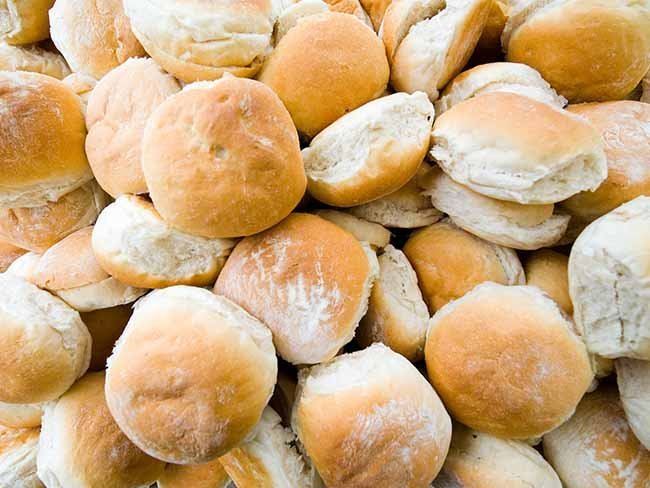 | ||
Ingredients generally used yeast, sugar, water, salt Similar Bread, Flour, Crubeens, Colcannon, Imokilly Regato | ||
A blaa /blæ/ is a doughy, white bread bun (roll) speciality; particularly associated with Waterford, Ireland. It is currently made in Waterford and County Kilkenny and was historically made in Wexford.
Contents
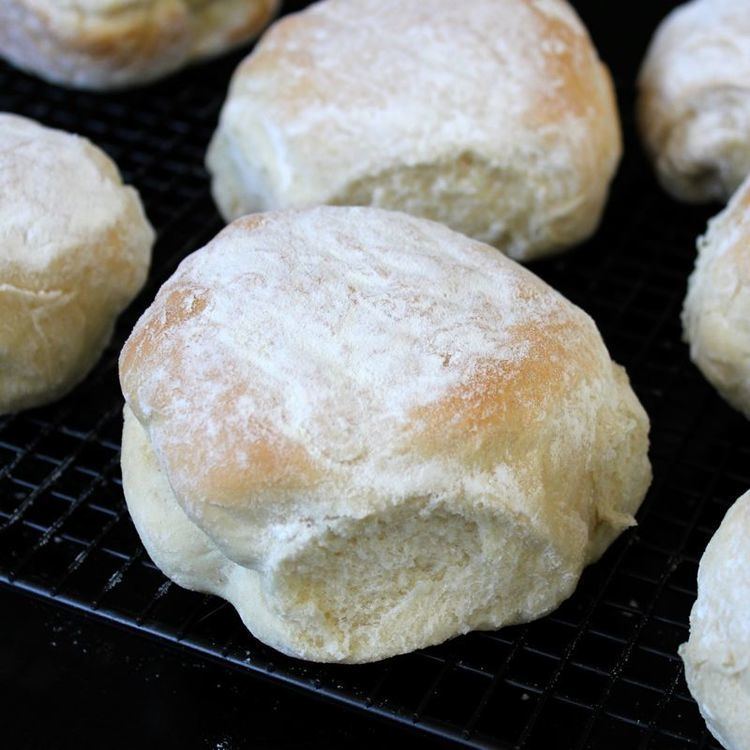
Blaas are sold in two varieties: “Soft” and “Crusty”. Soft blaas are slightly sweet, malt flavour, light but firm in texture and melt in the mouth. Crusty blaas are crunchy at first bite, then chewy with a subtle malt taste and a pleasing bitter aftertaste from the well cooked, dark crust.

Uses
Blaas quickly lose their freshness and are best consumed within a few hours of purchase.
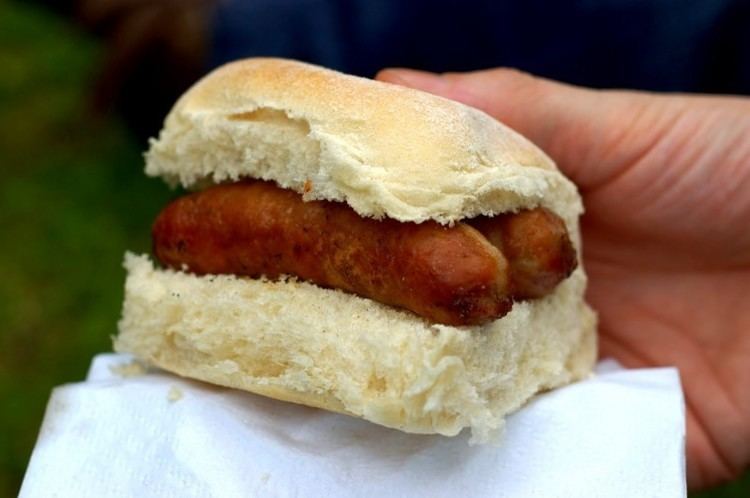
A combined 12,000 blaas are sold each day by the four remaining bakeries producing blaas: Walsh’s Bakehouse, Kilmacow Bakery, Barron’s Bakery & Coffee House and Hickey’s Bakery.
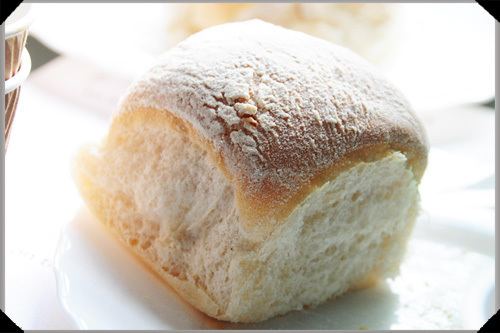
Eaten mainly at breakfast with butter, they are also eaten at other times of the day with a wide variety of fillings, including a type of luncheon meat often referred to as ‘red lead’. The breakfast blaa (egg, bacon rasher and sausage) is more common than the breakfast roll in Waterford.
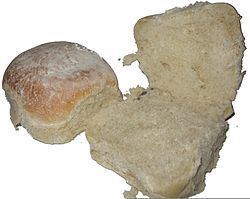
Blaas are sometimes confused with a similar bun known as a bap; however, blaas are square in shape, softer, and doughier, and are most notably identified by the white flour shaken over them before the baking process.
History
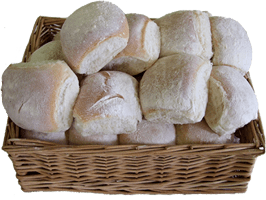
Some sources report that the blaa was introduced to Waterford at the end of the 17th century by the Huguenots, the word is thought to have been derived from the French word for white, blanc. This theory is disputed because although white flour existed in the 17th century, it was not widely used until mass production of the industrial revolution. Another possibility is a derivation from the French word blé, which is used for certain types of flour, or the Latin root “blandus” which gives the English word “bland” and the Spanish word for soft, blando.
On 19 November 2013, the blaa was awarded Protected Geographical Indication status by the European Commission.
